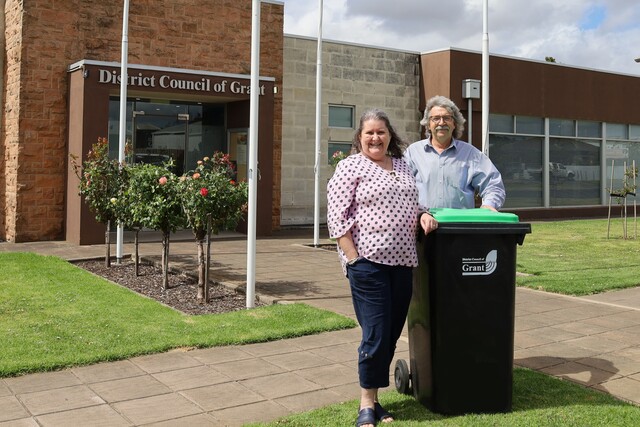Intensive engineering design development of a steel girder by BlueScope Steel could pay dividends for Local Governments and asset managers responsible for managing Australia’s 25,000 short span timber bridges. BlueScope Steel investigated five steel sections for their potential as a girder replacement in timber short span bridges. One of these profiles proved capable of delivering the required performance and has undergone significant testing.
The final TRANSISPAN® steel section appears a promising, simple alternative for bridge owners. The steel section addresses the known shortcomings of hardwood timber, prone to rot and termite attack, and delivers additional benefits through bushfire proof performance and a weight differential approximately 40 per cent that of equivalent length hardwood girders. The TRANSISPAN® steel girders are made from hot rolled coil produced at BlueScope’s Port Kembla plant in New South Wales. The coils are converted to the patented profile at nearby Orrcon operations at Unanderra.
The specific profiles produced during the finishing operation, in the transformation from strip to pipe, result in a circular sided girder with flat sections on opposite sides that deliver stability when placing the girder in a bridge, and for load distribution when in place. The end result is a high strength beam with bending strength and bending stiffness properties in excess of those inherent in high quality hardwood timbers. The unique profile delivers handling and transport efficiencies because of its light weight and its engineered properties.
To ensure that the section delivers the longest working life possible in all environments, TRANSISPAN® girders are hot dip galvanized inside and out. Hot dip galvanizing has proven its performance benefits in industrial applications and is a preferred coating to enhance steel performance.
The heavy zinc coating thickness on the external and internal surfaces has been measured on a number of heavy sections produced to date and has been found to be two to three times thicker than the minimum requirements stated under the Australian Standard AS4680: Hot-dip galvanized (zinc) coatings on fabricated ferrous articles.
A key advantage of steel as an alternative is that its properties are known, so engineers can detail their design around known steel performance to meet the relevant design code standards.
The demanding performance of girders within bridges mandates that any replacement product must be capable of withstanding high loads over a prolonged period while in service. To verify that TRANSISPAN® steel girders meet this requirement, fatigue testing was successfully completed by the University of Technology in Sydney, where cyclic fatigue loads of 65kN were loaded on a test beam supported over a span of 7.34m for a total of 2,000,000 cycles.
Following the first test the beam was further loaded to 300kN, at which point the beam deformed but showed no catastrophic failure such as splitting or fracture. When tested under severe bending/shear loads the girder withstood in excess of 950kN of direct loading.
As part of the TRANSISPAN® development process six girders were tested in a full bridge rebuild at Wonboyn near Eden in New South Wales. The bridge, designed to meet AS5100: Bridge Design for T44 rating, was commissioned on time and demonstrated the ease of use and suitability of TRANSISPAN® girders for adoption in both replacement and full bridge rebuild applications. The installation also provided valuable feedback about the girders’ stability and attachment practices, and confirmed the analytical work undertaken by third party consultants.
TRANSISPAN® girders are under development in two profiles to meet the requirements of typical timber bridge construction throughout Australia. The two sections being developed are:
- 330mm wide x 280mm depth (OD) – 9.0m or 12.0m lengths
- 420mm wide x 380mm depth (OD) – 9.0m or 12.0 m lengths
It is envisaged the performance of the smaller section will satisfy most bridge applications where the distance from the underside of the decking to piers, abutments or corbels is restrictive. The larger girder is expected to be used in bridges with a distance in excess of 400mm.
As a steel product, TRANSISPAN® girders are also fully recyclable at the end of their working life.
Full section properties and span tables will be available and independently certified by external consultants when the product is commercialised.
Further information is available from John Barrett at BlueScope Steel, email John.Barrett@bluescopesteel.com or phone (02) 4275 3920.
*Copy supplied by BlueScope Steel







